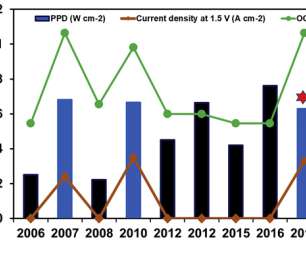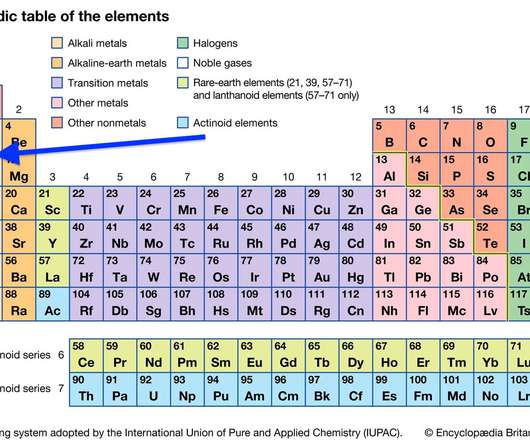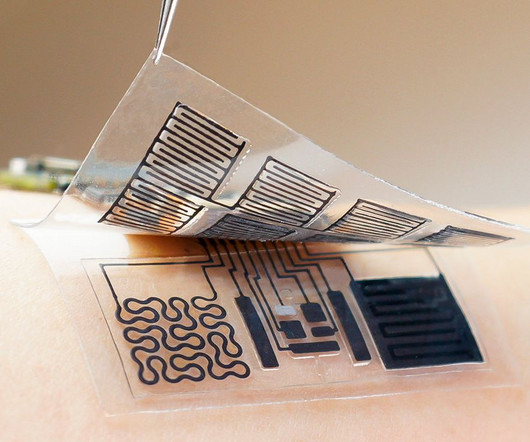PNNL team develops sodium-manganese oxide electrodes for sodium-ion rechargeable batteries
Green Car Congress
JUNE 7, 2011
Sodium is seen by some as a promising alternative, but the sodium-sulfur batteries currently in use run at temperatures above 300 °C, making them less energy efficient and safe than batteries that run at ambient temperatures. Sodium-ion batteries have been discussed in the literature. for some time. —Cao et al.





























Let's personalize your content